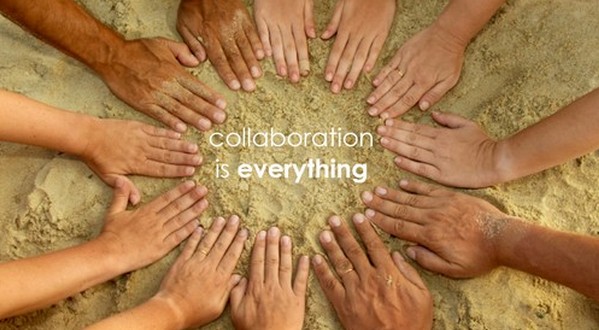Fed rates are still at their record low and playing their part perfectly well in fostering growth and look to keep the repo rates lower(near zero) for an extended period. The recovery should be gradual. The high unemployment rate though is a major cause of worry and would be a major hurdle to a holistic growth. Obama urged even the smaller banks to accelerate lending as this would help smaller businesses grow and bring down the unemployment. The data from the Bloomberg states that the economy has lost 7.2 million jobs since the recession began in December 2007. Payroll cuts peaked at 741,000 in January before receding to 11,000 in November.
One of my favorite economists, Josesph Stiglitz is still not convinced of the recovery. He argues that in order to help job creation the economy needs to grow at atleast 3% and for that to happen government needs to provide a second stimulus package soon in the short term future. Otherwise, he warned, chances of a slowdown is very very high. To add to that feeling of a difficult recovery Federal Reserve Bank of Chicago President Charles Evans said the U.S. jobless rate will probably stay “quite high” next year while inflation, excluding food and fuel, will be little changed.
This was an year of confusions, an year where several economic theories were challenged, an year when conventional wisdom was tested and an year when the world finally looked up to Asia. Amidst all of it one man stood his ground (and was re-elected for a second term), named as the top thinker in the world and as the TIME man of the year Ben Bernanke stood out in his efforts to prevent a recession turning into a depression. Hope the magazine cover curse which Krugman talks about in his N Y Times blog does not come true for him.



.jpg)
.jpg)
.jpg)
.jpg)